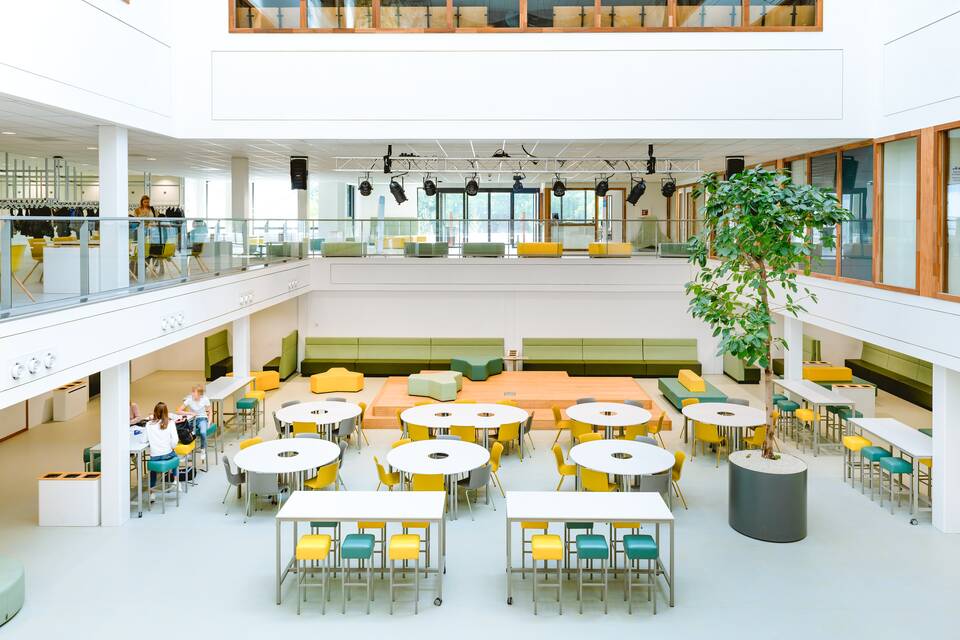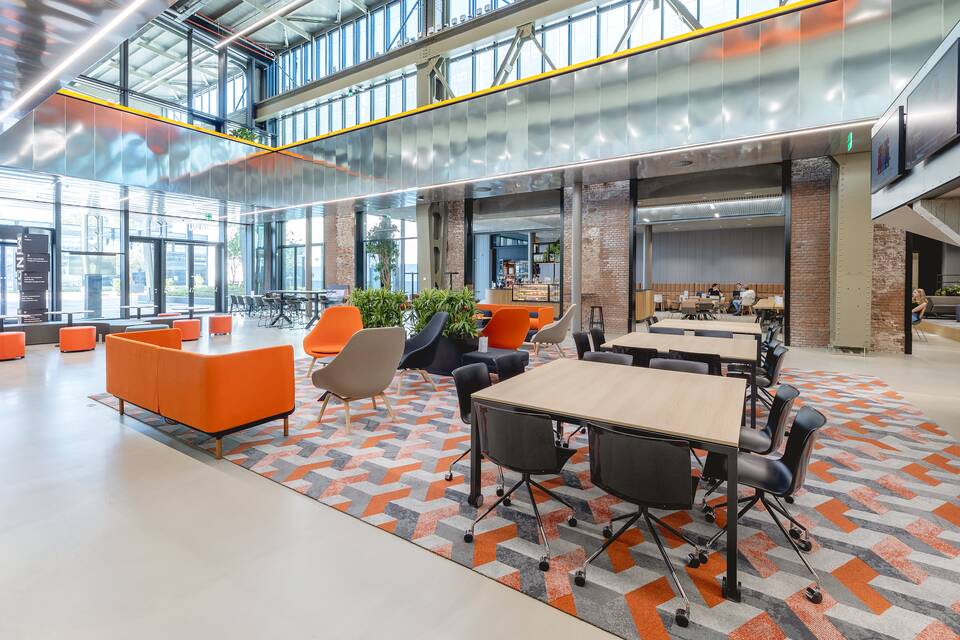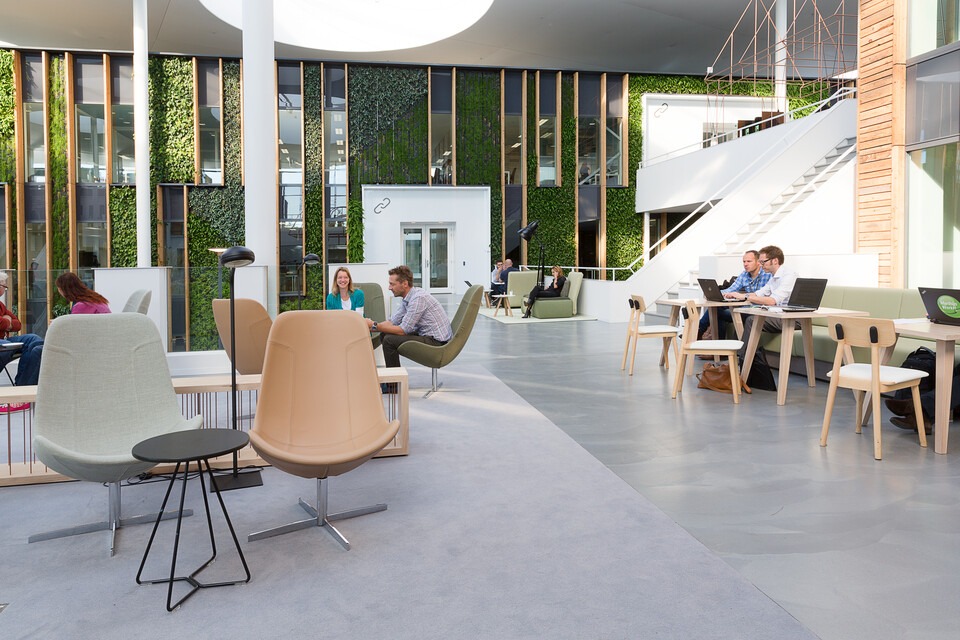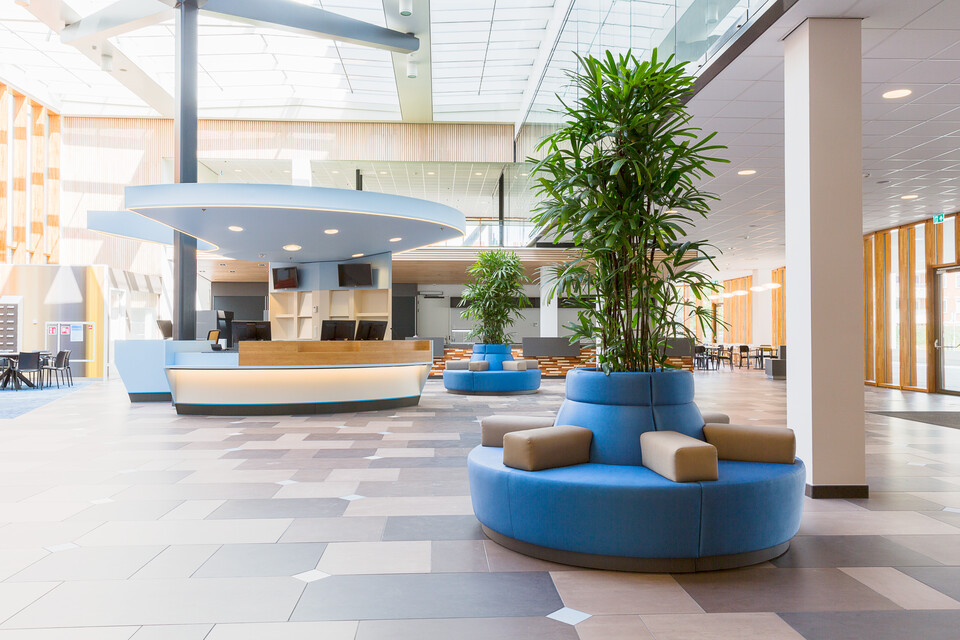Winkelwagen
Is your learning environment ready for blended learning?
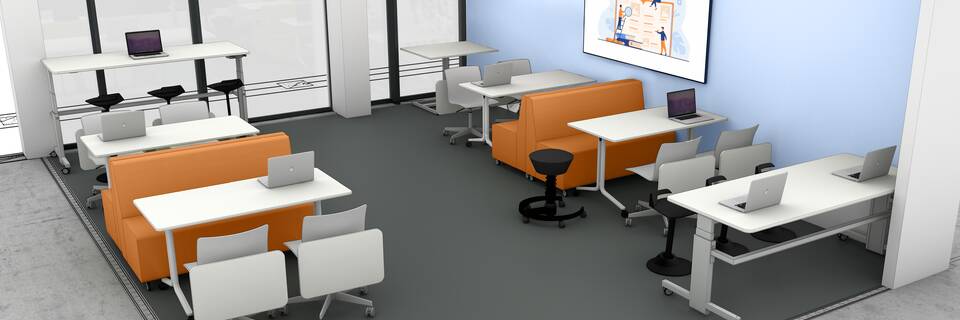
The teacher who simply shares knowledge with passively listening students is a thing of the past. Many educational institutions are glad these times are over, and so are we. It is becoming increasingly common to combine different teaching methods in education, similar to what occurs in business where different working methods are combined. Not only because it leads to better results, but also because it is more fun. What exactly is 'blended learning' and what can Gispen do to prepare your educational environment for it?
DEFINING BLENDED LEARNING
As the name suggests, blended learning is a blend of different teaching methods. Combining classroom learning with ICT-based teaching modes, materials and tools applied in a single learning environment. The online part goes further than watching a video or attending an e-learning session. It includes online class discussions using statements, building a wiki together, working on a digital portfolio, a digital mind map or learning via a game or simulation. There is a wide variety of digital teaching modes that can be combined with traditional teaching modes, but also with other 'offline' methods. A good example of this is peer feedback, where students assess each other, as well as different types of presentations – from a poster presentation to an elevator pitch.
FLIPPING THE CLASSROOM
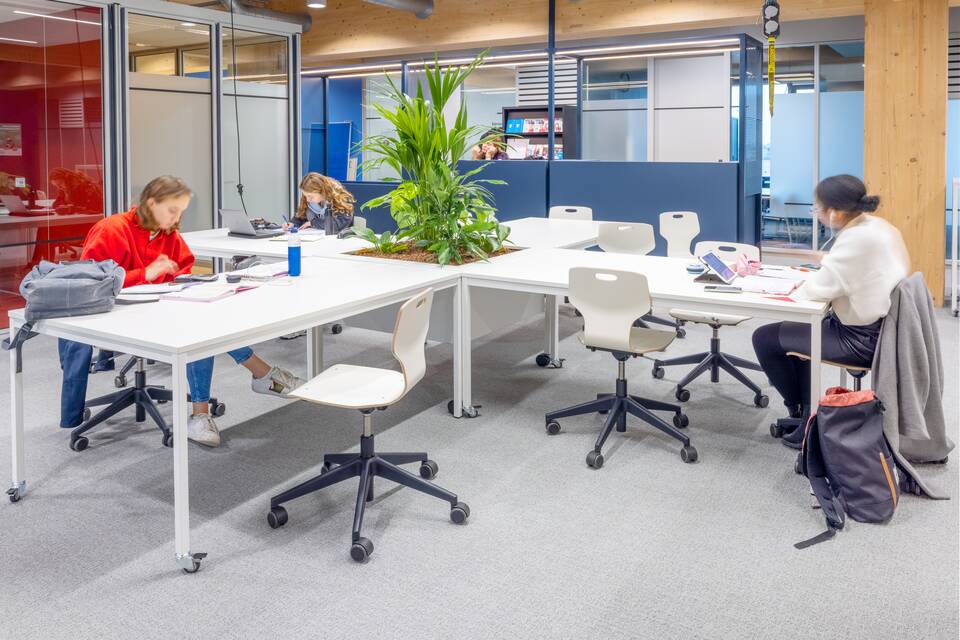

SOCIAL INTERACTION
ADDITIONAL ADVANTAGES
Many educational institutions want their students to learn in a more 'active' way. No more sitting back, being passive and absorbing information. The subject matter will stick better when students actively engage with it. This is where blended learning makes the difference, due to its variety of teaching methods. This variety is also what makes it more attractive to students. If you want to engage with young people and keep them interested, you should incorporate plenty of variation in your classes. Why not integrate the use of a laptop or smartphone into your lesson plan? After all, these devices are within reach while studying at home too.
HOW DOES ONE CREATE A ‘BLENDED’ FURNISHING?

WHAT TO LOOK OUT FOR
SUCCESSFUL BLENDED LEARNING EXAMPLE
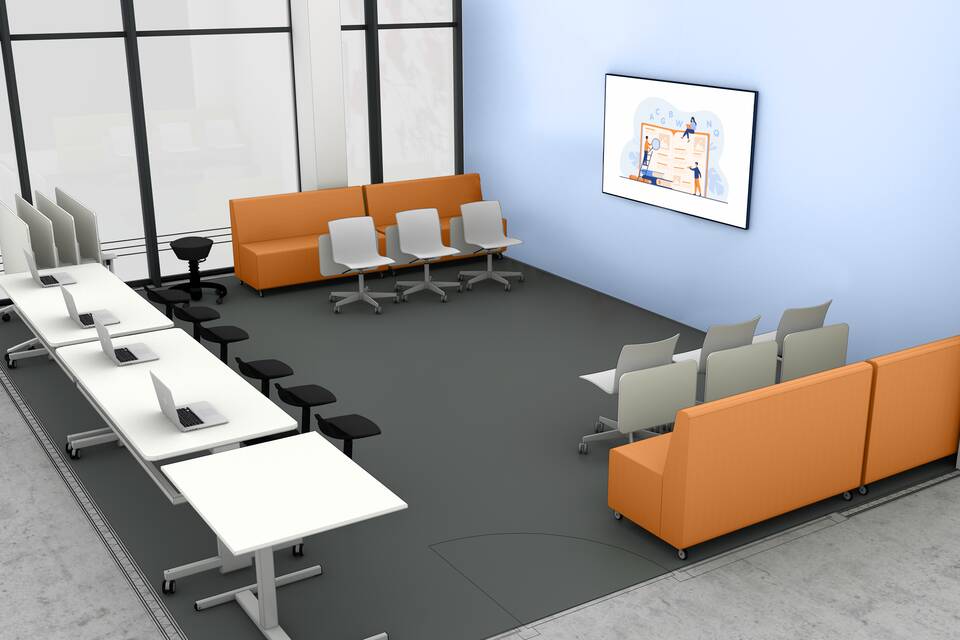
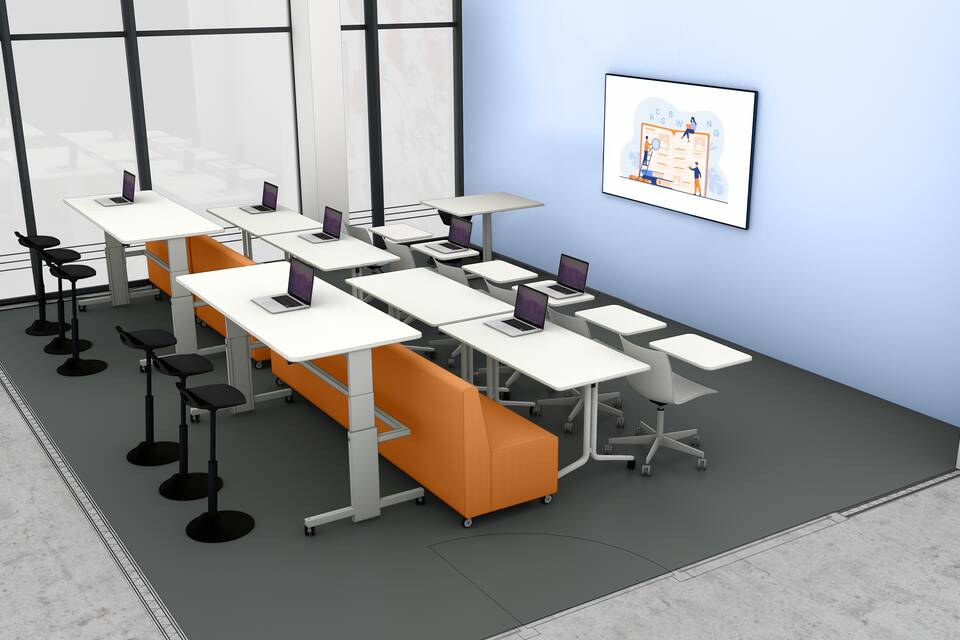
DYNAMISM AND ATMOSPHERE
In short, blended learning introduces a lot of dynamism into an educational setting. Or, in other words: the blended learning (class)room must be able to 'handle' and facilitate a certain dynamism. A clever interior design should always include furniture that is mobile and height-adjustable. Since the physical well-being of both staff and students is also of concern, sit-stand furniture offers the necessary movement and variation. Alice Tabak: 'And don't forget about the atmosphere of the environment! The green mobile sofas featured in the example create a more homely ambience and add colour to the room. The furniture can be matched to the brand identity of the school.'
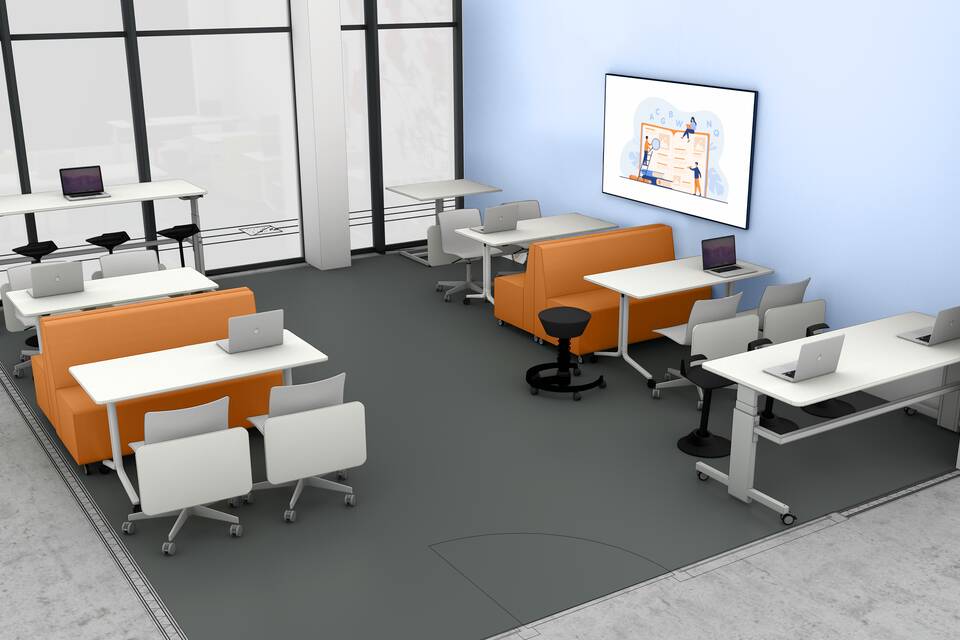
A WORD FROM THE PROFESSIONAL
'To come up with an optimal design, we always start by establishing the different teaching modes the client wants to facilitate.’
How can different teaching modes be facilitated within one and the same learning environment? Gispen will gladly think along with you, as we have already done for several other educational institutions. It all starts with a clever interior design.
Alice Tabak
Gispen interior architect
RELATED ITEMS
-
![Leonardo College Leonardo College landscapem]()
The learning environment
Everyone gets the best out of themselves in a stimulating and inspiring learning environment.
-
![MindLabs MindLabs landscapem]()
Educational environments
Projects carried out within secondary, vocational and higher education.
-
![Alliander Alliander landscapem]() Blog
BlogEvidence-based furnishing
Environments affect people. Carola van de Bilt, interior architect, will explain things further.
-
![Reinier de Graaf Reinier de Graaf landscapem]() Blog
BlogEnvironmental Psychology
What does it really mean? Interior architect Nelleke Lagerwerf presents her point of view in in this interview.

